<< John Hardy Work Shop Ubud >>
Hardy By Name, Hardy By Nature
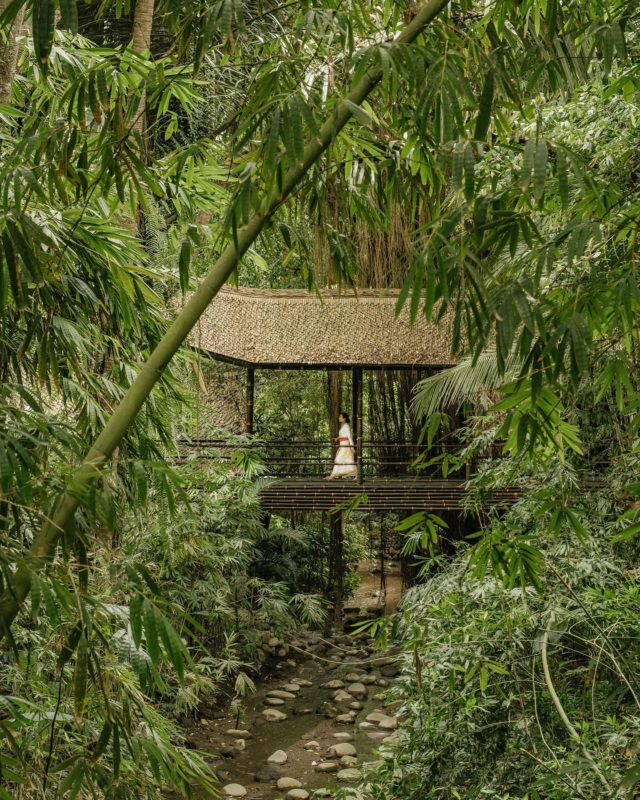
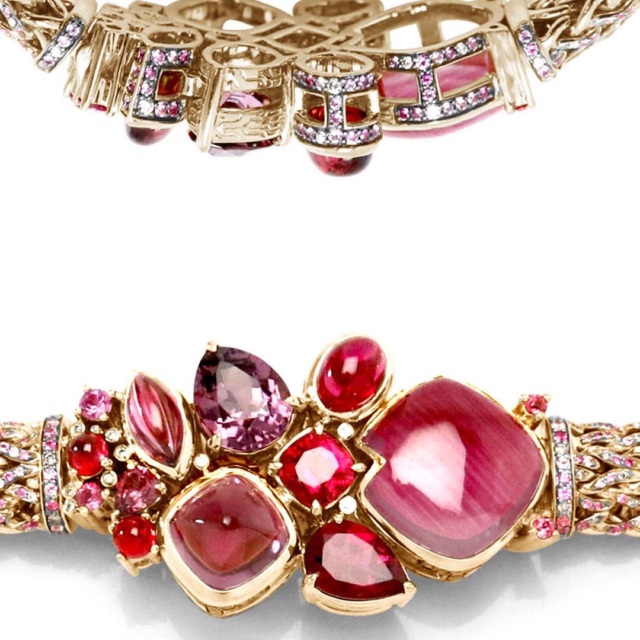
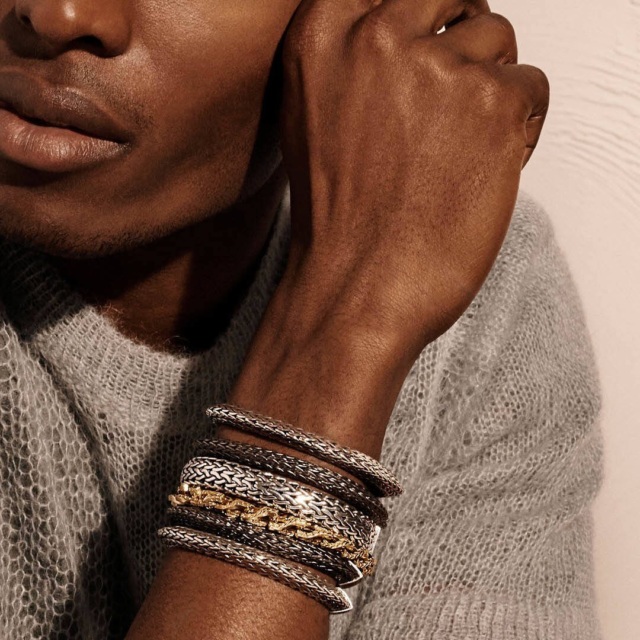
Polly, as a major brand with stores and offices all across the world, what sets John Hardy apart?
The special thing about John Hardy is that we produce jewelry by hand in the middle of the rice fields of Bali, and then we sell it in some of the world’s most luxurious stores. There’s something very unique about the fact that the brand was born in Bali, making jewelry by hand and that we still doing it in that way. We’re still here, we’re still producing that product by hand, and our design process — from the creation of a three-dimensional molds to the actual production — is still about incorporating traditional artisan techniques that are a key part of Balinese culture.
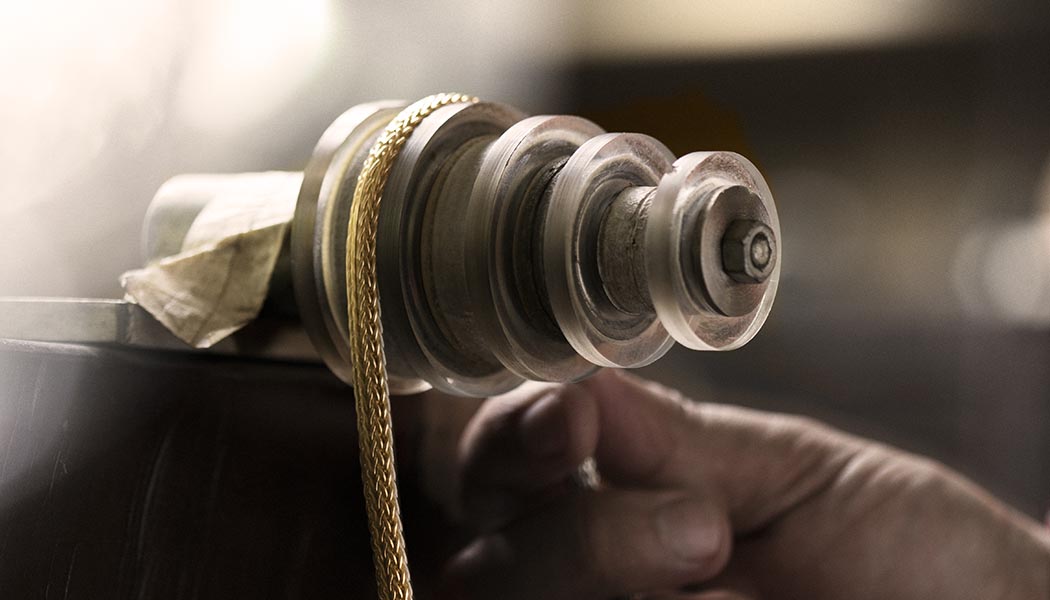
So how exactly does the brand lend itself to the preservation of the traditional artisan techniques?
One of the interesting visions that our founder John [Hardy] had was how he could take his understanding of Balinese culture, particularly its artisanship, and use those influences in the jewelry-making process. So, for example, the designs of our jewelry designers are still rendered by hand, much like how traditional Balinese illustrations or paintings were first sketched out. The 26 wax carvers who create our three-dimensional carved wax models all come from traditional stone or wood carving villages in Bali and they carry on those familial traditions. Silver-smithing and gold-smithing also have cultural roots here and those techniques are clearly integral to John Hardy. By using all of these techniques into our jewelry-making process, we end up preserving those techniques and traditions for generations to come.

What does sustainability mean to John Hardy?
The idea of sustainability is usually partnered with the idea of preserving the environment. But when we talk about sustainability at John Hardy, it is about the environment, but it’s also largely about preserving and sustaining the Balinese culture of artisanship, the tradition of creating things by hand, and the communities that are around these ideas. Preservation of the environment is very important, but the necessity of preserving culture is often forgotten. And this necessity isn’t just limited to Bali; all around the world, cultural techniques are being lost to machines. Less and less is made by hand, so the sustainability of artisan techniques, culture, and community is a really important element of our brand.
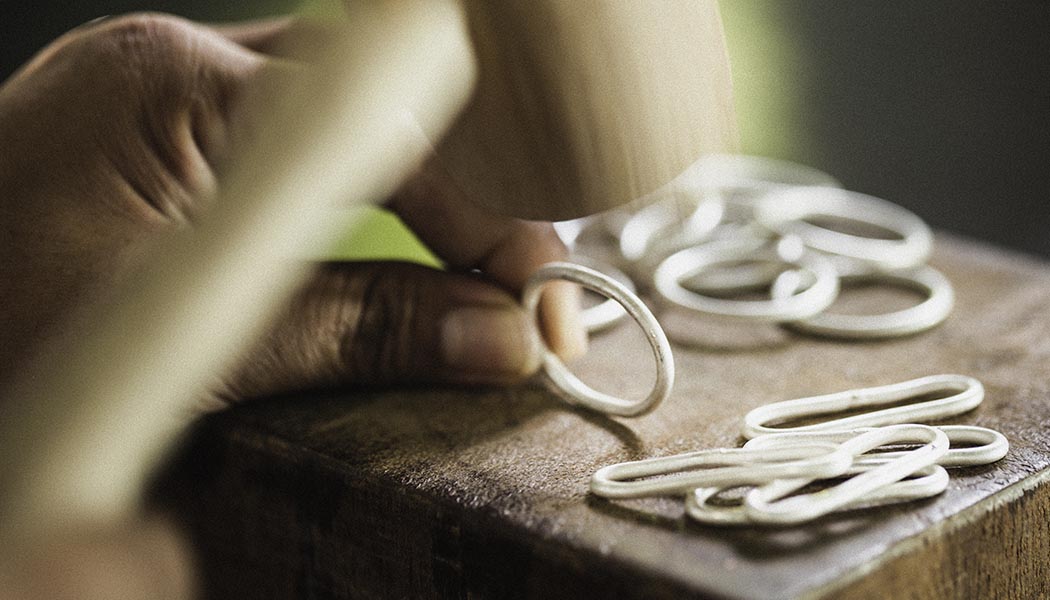
So social responsibility is a huge part of John Hardy’s vision. In addition to social and cultural considerations, how does environmental responsibility play a role in the brand’s philosophy?
Regarding the environment, as a brand, we will never say that we are perfect, but what we do say is that whenever possible, we make the choice to do things in a more sustainable way. Recently, we were accredited by an international accreditation body called the RJC — the Responsible Jewelry Council — who came in and did a full evaluation of the company, looking at everything from occupation, health and safety standards to where every single material that is used in the jewelry-making process is sourced from. Our gemstones and diamonds, for instance, are all ethically and sustainably sourced following strict codes and guidelines. Our silver and gold are great quality, but it’s all reclaimed or recycled — we don’t actually do any mining for new material! We also have our Bamboo initiative, where we plant a certain number of bamboo seedlings for every purchase from our Bamboo Collection. Everyone wins, and everyone has a positive impact.

Has this sort of conscious thinking been with the brand from the beginning, or was it introduced over time?
Our founder, John Hardy, always had careful consideration for the environmental responsibility we have towards our landscape and the socio-cultural responsibility we have towards our local communities, so these brand values happened very organically and authentically right from the beginning. It was never a marketing tool; it was really about John and Cynthia [Hardy]’s vision and right from the start, those elements were a key part of how they wanted to do business and what they believed was important. The roots of these beliefs are so deeply embedded with the company, so it’s really been who we are right from the beginning.
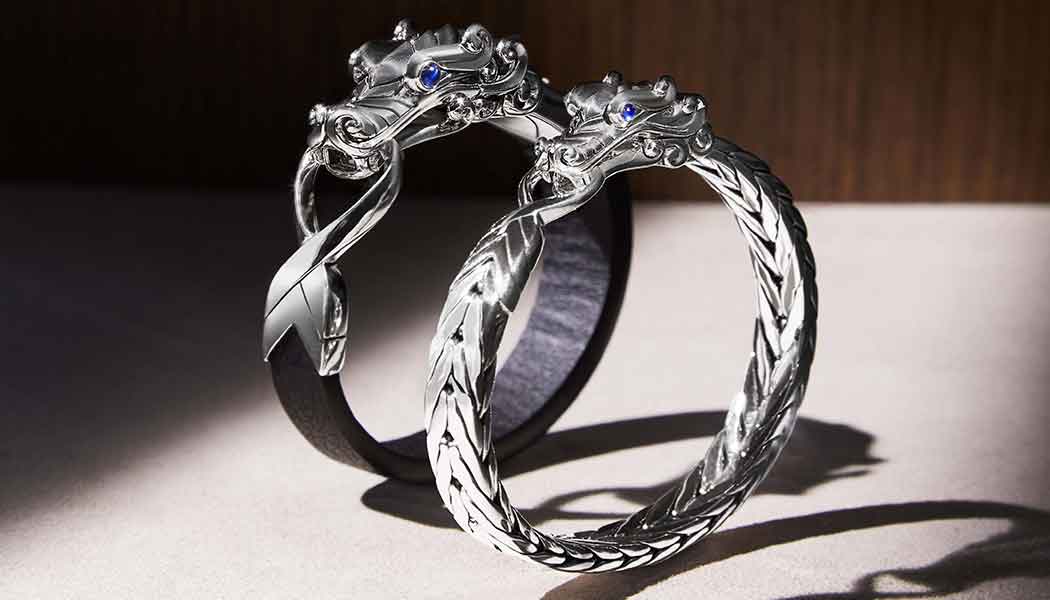
So, talk to me about the community you’ve cultivated here as a result.
Intrinsically, the community here is incredibly strong. We have over 750 employees here in Bali and our average retention rate is about 10 years, so people do tend to come, stay, and feel like they’re a part of something.
How does John Hardy’s Jobs for Life program fit into this?
In our Jobs for Life program, we offer two-year apprenticeships for orphans from the Jodie O’Shea orphanage in Denpasar. They get paired with a volunteer mentor in the department of their choice and learn the skills they need from them. At the end of the two years, if they want to work at John Hardy, they go through an interview process to demonstrate they’re qualified for the job. It’s a very small program but very personal, because it really works to engage with these apprentices; it’s about developing their technical skills on the job but also about developing them as a person. We teach them skills for their career but also help support them with life skills: finding a new house, opening a bank account, buying their first motorbike. When you see the people that have come through the program, it’s very rewarding because it’s something that you can see has made a real difference.

The values the company holds, from preserving the environment and preserving Balinese artisanal traditions, to building up those from disadvantaged backgrounds and creating a community — these are things that define John Hardy. How and why do you think it all works together to create a positive system within the company?
That sense of community really is hard to quantify or express on a website. And it’s hard to put a finger on what it is exactly and where it comes from. Is it the Balinese culture and their idea of working together? Every department is intrinsically connected; design is connected to wax carving, wax carving is connected to the product development team, the product development team make the master mold. Everybody has a part to play and everybody is doing it with love and passion to create this beautiful thing at the end. It’s bigger than one person; it’s about the 750 employees that come together every day to create this beautiful product in a beautiful way with each other. What we have here is unique, and here at John Hardy, we continue to cherish it, grow it, and never take it for granted.
https://international.johnhardy.com/boutiques/international/ubud-kapal-bali/

